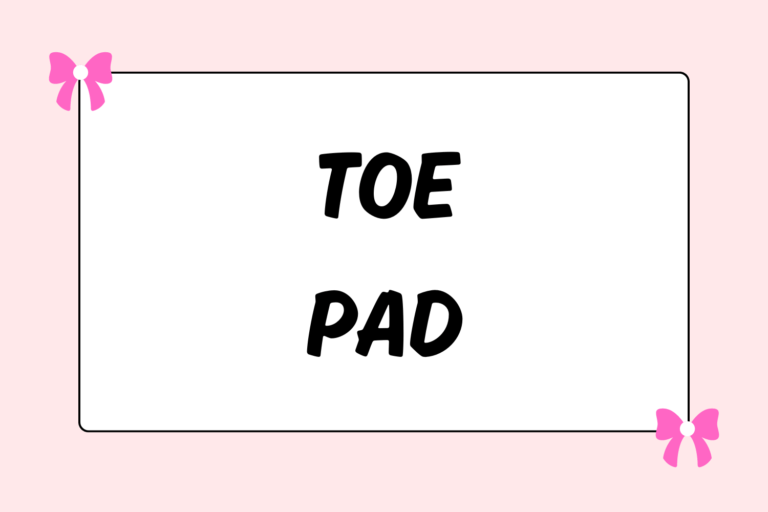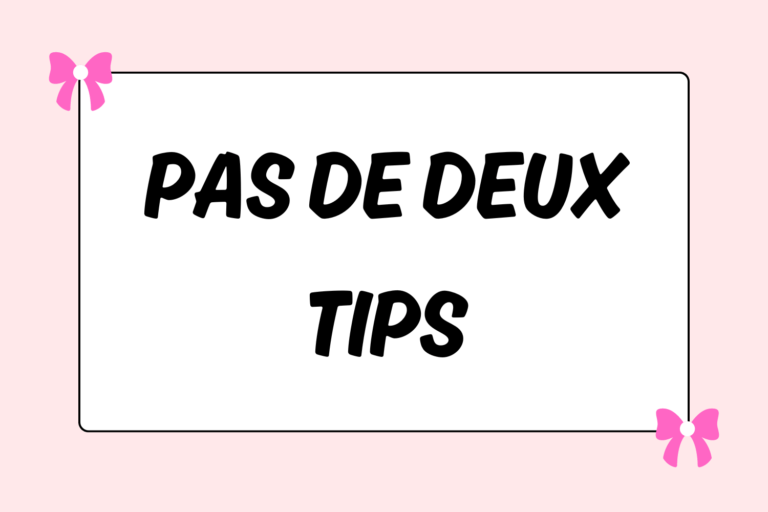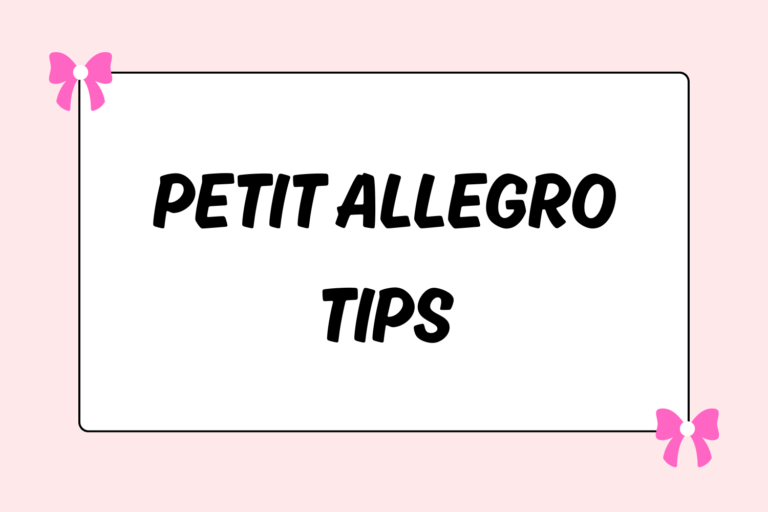If you’re just beginning your venture into ballet class, you may find that one of the most terrifying aspects has nothing to do with rising en pointe or leaping across the studio. Sometimes, just knowing what to wear can be one of the hardest aspects of starting in ballet. This guide contains some simple tips for getting ready for class at the local barre.
Do
Do Check the Dress Code
Dress code requirements vary from studio to studio. Before you buy anything, talk with the director or instructor to find out what the dress code is. A general requirement for beginning classes is simply to dress in comfortable, flexible, well-fitting clothes. But some places still require leotards of their older students. Once you have an idea of what is/isn’t allowed, you can figure out what’s best for you to wear.
Do Dress Comfortably
If wearing a leotard and tights is outside your comfort zone, talk with your teacher. If this is an absolute requirement, but makes you uncomfortable, still let your teacher know. He/she may be able to provide some options that will allow you to dance comfortably within the dress code (perhaps a wrap skirt or cover-up shorts).
Do Develop a Style
Ballet is a traditional art form, but that doesn’t mean you shouldn’t have fun with your attire. Develop your own unique style. Sure, you should always stay within the limits of the dress code. But that considered, you should keep in mind that fun colors, prints, and styles can keep you from feeling too self conscious in class. There’s a plethora of leotards and warm-ups available these days. Experiment with them and find what fits you best.
Do Wear Warm-ups
Legwarmers, knit shorts, shrugs, and other knit cover-ups can be used to keep your muscles warm before and after class. This can help you prevent injury while you still look dancer-chic. Investing a small amount of money in a few choice pieces to keep you warm can be invaluable. Warm-ups are especially helpful during the winter, when the temperature difference between a hot studio and the blizzard outside can wreak havoc on your muscles.
Do Acquire the Basics
You can’t go wrong with a simple black camisole leotard and pink tights. Keeping several pairs of pink tights and a few solid color leotards is a great idea. These basics are appropriate for auditions, performances, and most studios. You can wear them to any class you take, as well as under street wear for a dancer’s stylish touch.
Don’t
Don’t Take Advantage of Comfort
Even if there is no dress code for a class, be sure to dress appropriately for the activity. Don’t wear excessively tight or stifling clothing. Alternately, avoid anything that fits very loosely or would be prone to falling off. Your teacher needs to see your body’s form to ensure that you’re moving safely and correctly. Don’t completely mask yourself.
Don’t Overdo It
A few warm-up items can be great. A pair of legwarmers and some shorts, and maybe a shrug as well. But don’t load up on so many warm-ups that your instructor can’t tell your body from the knitwear. Keep in mind that warm-ups should usually come off after the first part of class. Be prepared to strip them off — quickly — at your instructor’s request.
Don’t Be Distracting
Cloths with fun prints and cute colors are great, but don’t wear anything that may distract other students (or the teacher). Avoid jewelry and big hair accessories. These are prone to getting caught, falling off, or smacking against you or your classmates.
Leotards with lots of straps or rhinestone sleeves may look great in the catalogue, but can be distracting and uncomfortable in class. If you have doubt, stick to the basics.
Be Your Own Dancer
Regardless of what you choose, remember that tutus and toe shoes are the standard for the ballerina image. When it comes to class, keep it simple and fun. The best outfits allow you to feel comfortable and focus on your dancing; not what you’re wearing!





